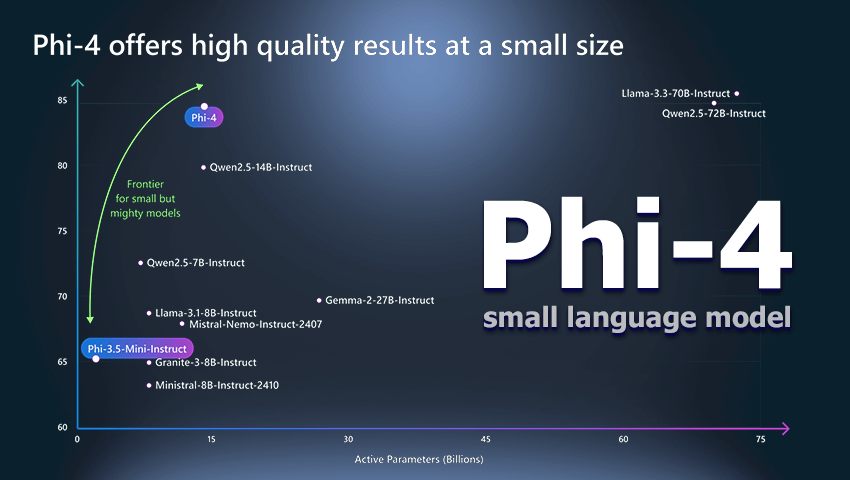Database Stress Testing: Why It Matters and How to Get Started
Database Stress Testing: Why It Matters and How to Get Started In today’s digital age, databases are the backbone of countless applications and services, from e-commerce platforms to social media networks. As the demand for high-performing applications grows, so does the need to ensure databases can handle intense workloads without failing or slowing down. This is where database stress testing comes into play. What is Database Stress Testing? Database stress testing is the process of subjecting a database to high levels of simultaneous transactions, queries, or data operations to evaluate its performance, stability, and reliability under extreme conditions. The goal is to simulate real-world peak loads—or even exceed them—to uncover potential bottlenecks, resource limitations, or unexpected behaviors. Why is Database Stress Testing Important? Prevent Downtime: Inadequate preparation can lead to database crashes, resulting in downtime that affects users and revenue. Optimize Performance: By identifying bottlenecks, you can fine-tune your database to improve speed and reliability. Scalability Insights: Stress testing reveals whether your database can scale to handle future growth. Reliability Under Pressure: Understand how your database handles heavy traffic and unexpected spikes. Key Metrics to Monitor During Stress Testing When conducting a database stress test, monitor these critical metrics: Queries Per Second (QPS): How many queries your database can handle. Average Query Response Time: Indicates database speed. Error Rates: Percentage of failed queries or transactions. Resource Utilization: CPU, memory, and disk I/O usage. Concurrency Levels: How well your database manages simultaneous queries. Latency Percentiles: Response times at different levels (e.g., 50th, 90th, 99th percentiles). How to Perform a Database Stress Test Define Objectives: Determine the goals of your stress test. Are you testing for peak traffic? Identifying bottlenecks? Evaluating scalability? Select Tools: Choose a tool that fits your requirements. Some popular ones include: Apache JMeter: A versatile performance testing tool that supports database testing via JDBC connections. Gatling: Known for its ease of use and support for high-concurrency simulations. HammerDB: A free, open-source database benchmarking tool. db-stress-bench: A lightweight and user-friendly tool designed to load test databases with live browser-based monitoring. Sysbench: Ideal for benchmarking and stress testing MySQL and PostgreSQL databases. Prepare Test Data: Use realistic queries and datasets that mimic your production environment to ensure meaningful results. Run Tests: Gradually increase load to evaluate performance and identify the breaking point. Analyze Results: Review metrics to pinpoint weaknesses and areas for optimization. Introducing db-stress-bench db-stress-bench is a robust yet simple tool for database stress testing. It allows users to test various databases, including MySQL, PostgreSQL, SQLite, and DuckDB, with minimal setup. Key Features of db-stress-bench Live Monitoring: View real-time performance metrics directly in your browser. Dynamic Query Templates: Test database behavior under realistic conditions by using templates populated with runtime data. High Concurrency: Support for thousands of simultaneous queries using Java Virtual Threads. Easy Extensibility: Add new database types by implementing a simple interface. Unlike more complex tools, db-stress-bench is designed for quick setup, making it an excellent choice for developers looking to get started with stress testing immediately. Best Practices for Database Stress Testing Simulate Realistic Workloads: Use query templates and datasets that mirror your application's usage patterns. Incremental Testing: Start with a low load and gradually increase concurrency to observe how your database responds. Test Different Scenarios: Cover edge cases, such as unexpected spikes in traffic or high-error conditions. Monitor Closely: Track metrics like query response times, error rates, and resource usage to gain valuable insights. Iterate and Optimize: Use results to tweak database settings, queries, or infrastructure to improve performance. Conclusion Database stress testing is essential for any organization relying on databases to power its applications. With the right tools and practices, you can ensure your database remains reliable, scalable, and fast—even under the most demanding conditions. If you’re new to stress testing or looking for a simple tool to start with, consider giving db-stress-bench a try. It’s open-source, lightweight, and packed with features to help you test your database efficiently. Of course, don’t forget to explore other tools like JMeter, Gatling, and HammerDB for more advanced scenarios. Happy testing!

Database Stress Testing: Why It Matters and How to Get Started
In today’s digital age, databases are the backbone of countless applications and services, from e-commerce platforms to social media networks. As the demand for high-performing applications grows, so does the need to ensure databases can handle intense workloads without failing or slowing down. This is where database stress testing comes into play.
What is Database Stress Testing?
Database stress testing is the process of subjecting a database to high levels of simultaneous transactions, queries, or data operations to evaluate its performance, stability, and reliability under extreme conditions. The goal is to simulate real-world peak loads—or even exceed them—to uncover potential bottlenecks, resource limitations, or unexpected behaviors.
Why is Database Stress Testing Important?
- Prevent Downtime: Inadequate preparation can lead to database crashes, resulting in downtime that affects users and revenue.
- Optimize Performance: By identifying bottlenecks, you can fine-tune your database to improve speed and reliability.
- Scalability Insights: Stress testing reveals whether your database can scale to handle future growth.
- Reliability Under Pressure: Understand how your database handles heavy traffic and unexpected spikes.
Key Metrics to Monitor During Stress Testing
When conducting a database stress test, monitor these critical metrics:
- Queries Per Second (QPS): How many queries your database can handle.
- Average Query Response Time: Indicates database speed.
- Error Rates: Percentage of failed queries or transactions.
- Resource Utilization: CPU, memory, and disk I/O usage.
- Concurrency Levels: How well your database manages simultaneous queries.
- Latency Percentiles: Response times at different levels (e.g., 50th, 90th, 99th percentiles).
How to Perform a Database Stress Test
- Define Objectives: Determine the goals of your stress test. Are you testing for peak traffic? Identifying bottlenecks? Evaluating scalability?
-
Select Tools: Choose a tool that fits your requirements. Some popular ones include:
- Apache JMeter: A versatile performance testing tool that supports database testing via JDBC connections.
- Gatling: Known for its ease of use and support for high-concurrency simulations.
- HammerDB: A free, open-source database benchmarking tool.
- db-stress-bench: A lightweight and user-friendly tool designed to load test databases with live browser-based monitoring.
- Sysbench: Ideal for benchmarking and stress testing MySQL and PostgreSQL databases.
Prepare Test Data: Use realistic queries and datasets that mimic your production environment to ensure meaningful results.
Run Tests: Gradually increase load to evaluate performance and identify the breaking point.
Analyze Results: Review metrics to pinpoint weaknesses and areas for optimization.
Introducing db-stress-bench
db-stress-bench is a robust yet simple tool for database stress testing. It allows users to test various databases, including MySQL, PostgreSQL, SQLite, and DuckDB, with minimal setup.
Key Features of db-stress-bench
- Live Monitoring: View real-time performance metrics directly in your browser.
- Dynamic Query Templates: Test database behavior under realistic conditions by using templates populated with runtime data.
- High Concurrency: Support for thousands of simultaneous queries using Java Virtual Threads.
- Easy Extensibility: Add new database types by implementing a simple interface.
Unlike more complex tools, db-stress-bench is designed for quick setup, making it an excellent choice for developers looking to get started with stress testing immediately.
Best Practices for Database Stress Testing
- Simulate Realistic Workloads: Use query templates and datasets that mirror your application's usage patterns.
- Incremental Testing: Start with a low load and gradually increase concurrency to observe how your database responds.
- Test Different Scenarios: Cover edge cases, such as unexpected spikes in traffic or high-error conditions.
- Monitor Closely: Track metrics like query response times, error rates, and resource usage to gain valuable insights.
- Iterate and Optimize: Use results to tweak database settings, queries, or infrastructure to improve performance.
Conclusion
Database stress testing is essential for any organization relying on databases to power its applications. With the right tools and practices, you can ensure your database remains reliable, scalable, and fast—even under the most demanding conditions.
If you’re new to stress testing or looking for a simple tool to start with, consider giving db-stress-bench a try. It’s open-source, lightweight, and packed with features to help you test your database efficiently. Of course, don’t forget to explore other tools like JMeter, Gatling, and HammerDB for more advanced scenarios.
Happy testing!





















